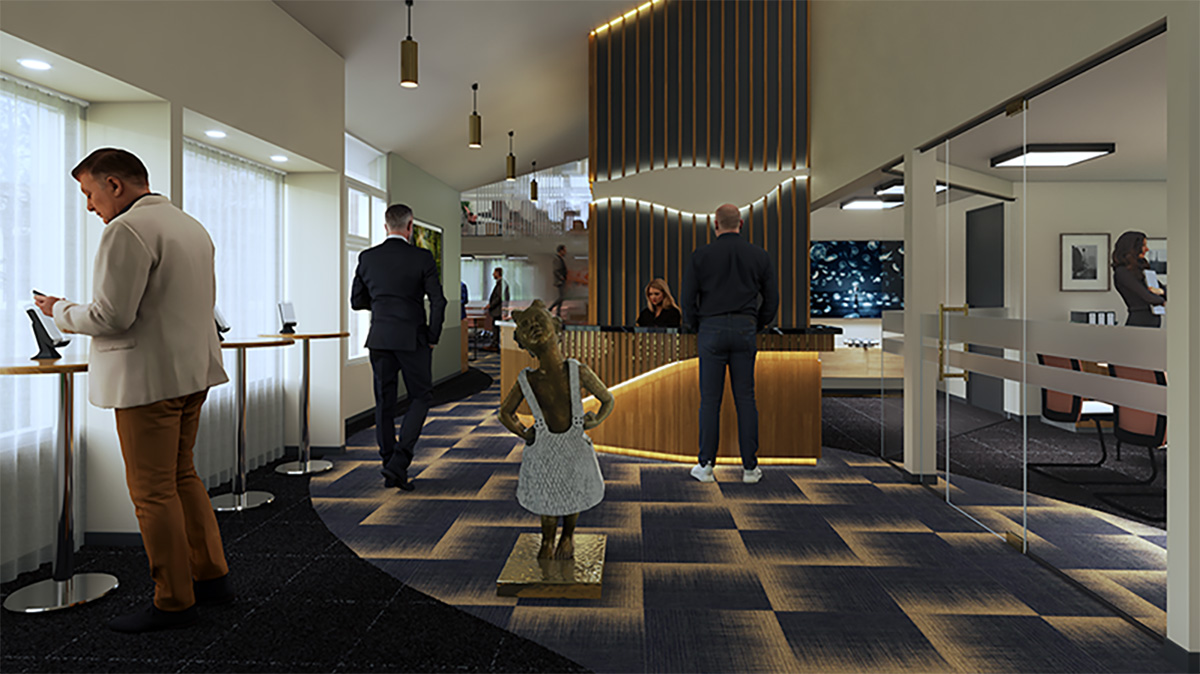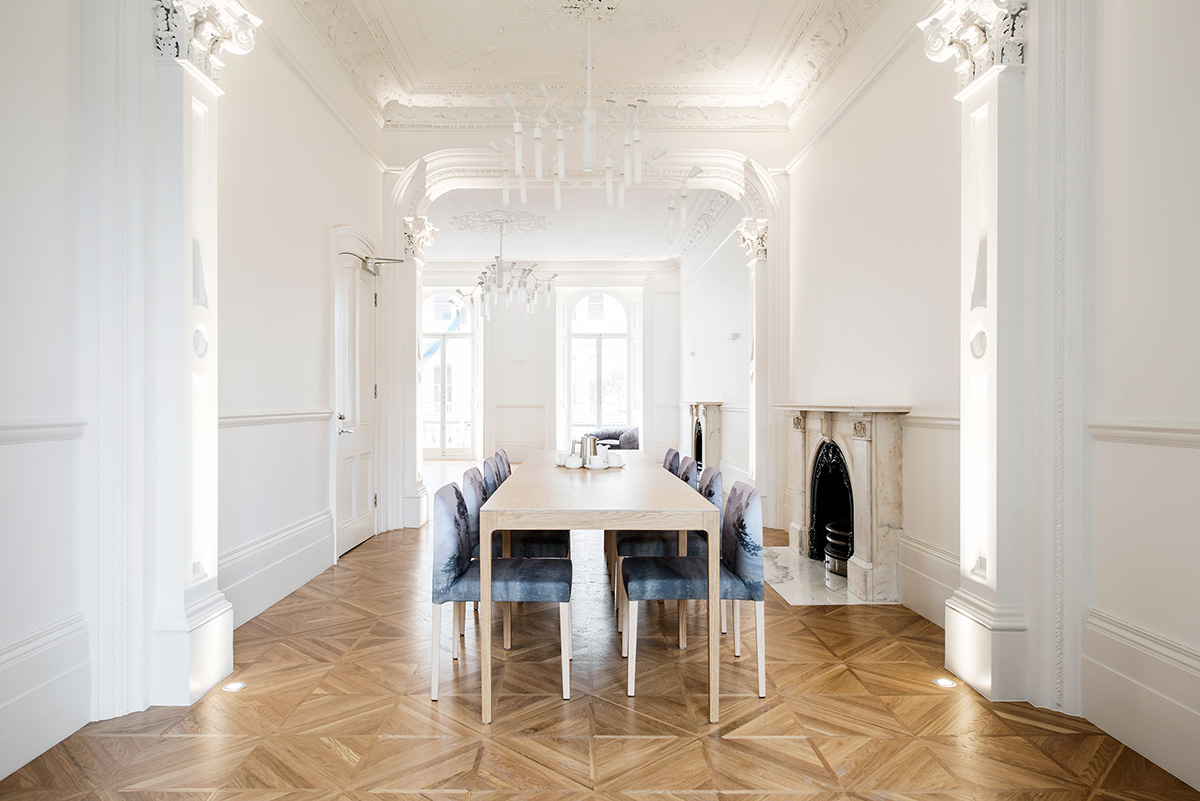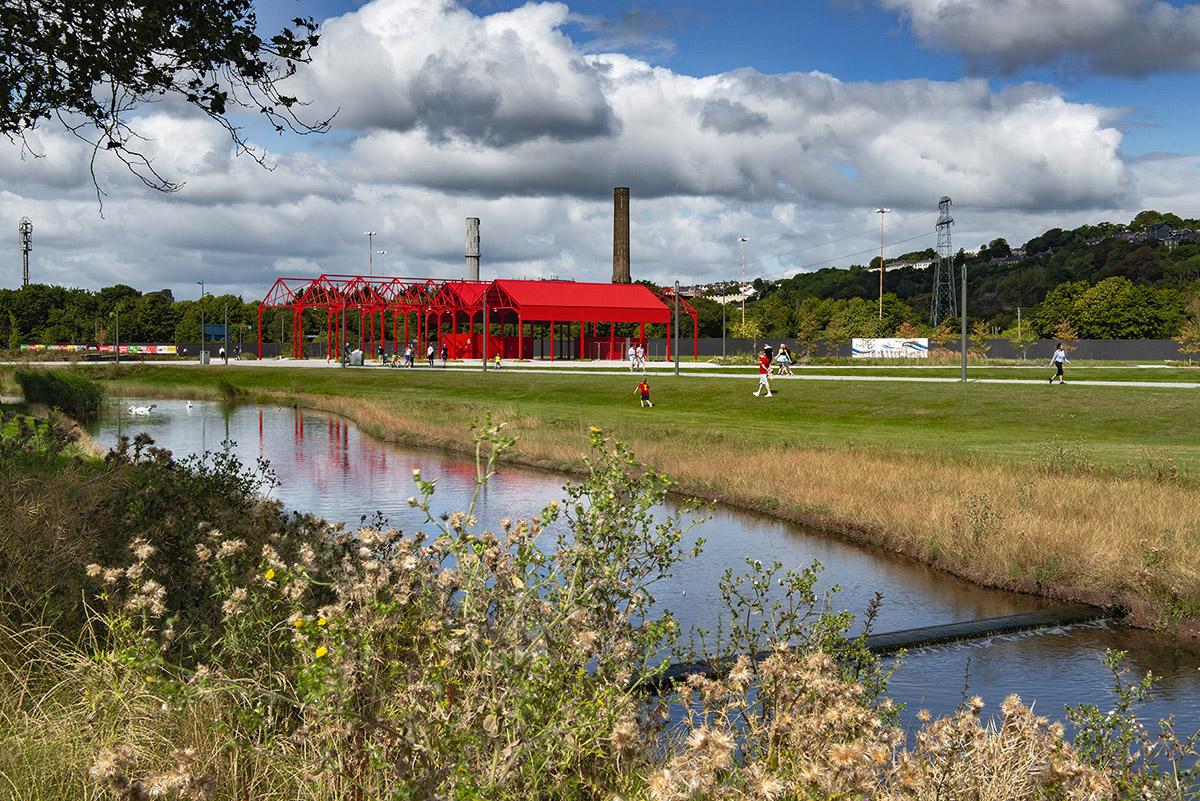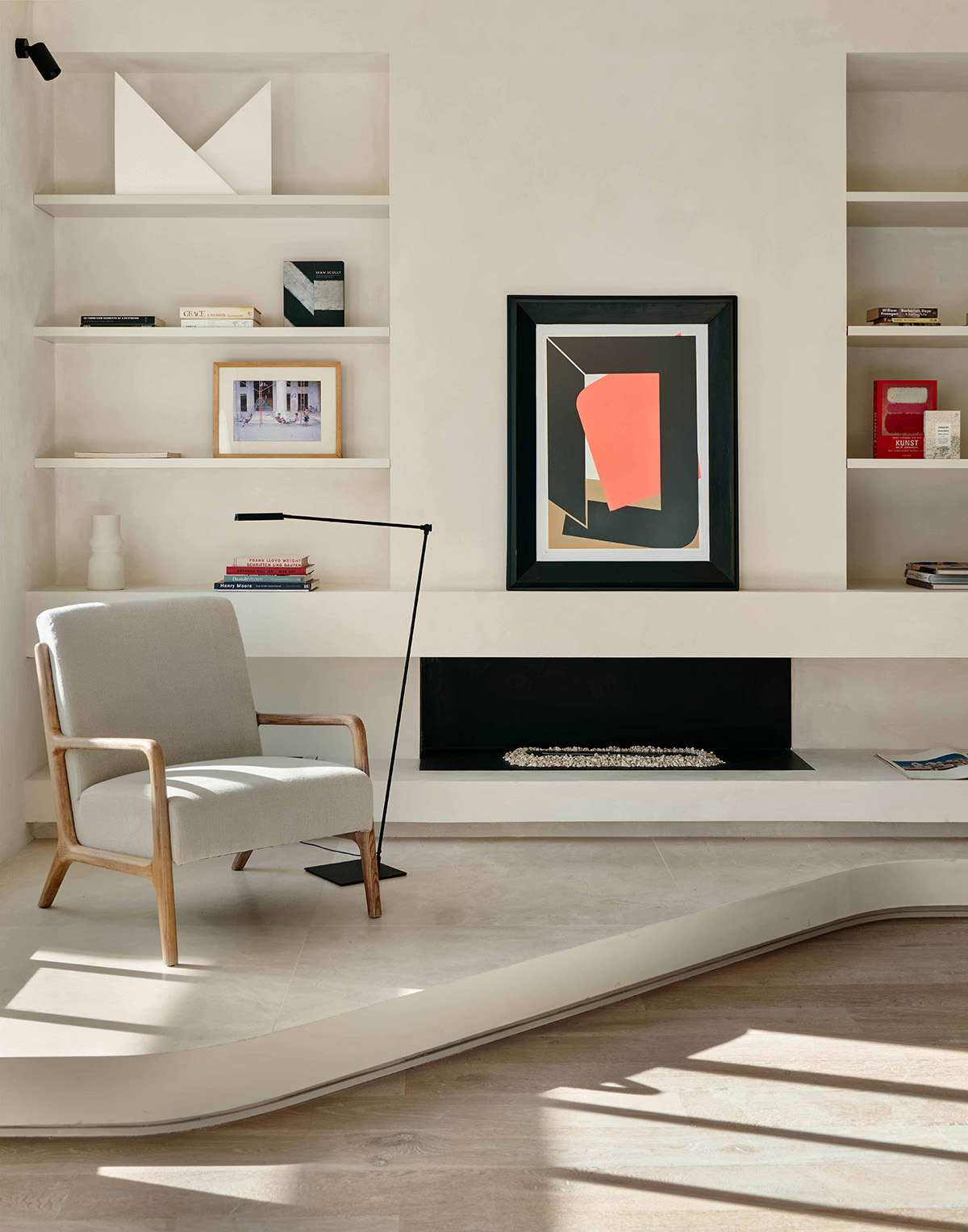HLM Arkitektur: Frugal architecture in a modern disguise
By Eva-Kristin U. Pedersen

Hanguren. Photo: Voss Resort, Jon Hunnålvatn Tøn
An architectural studio in southern Norway reflects the silent beauty of an often overlooked region.
“Re-using and recycling require more creativity,” says Hedda Fjermestad Aase, architect and partner at HLM Arkitektur.
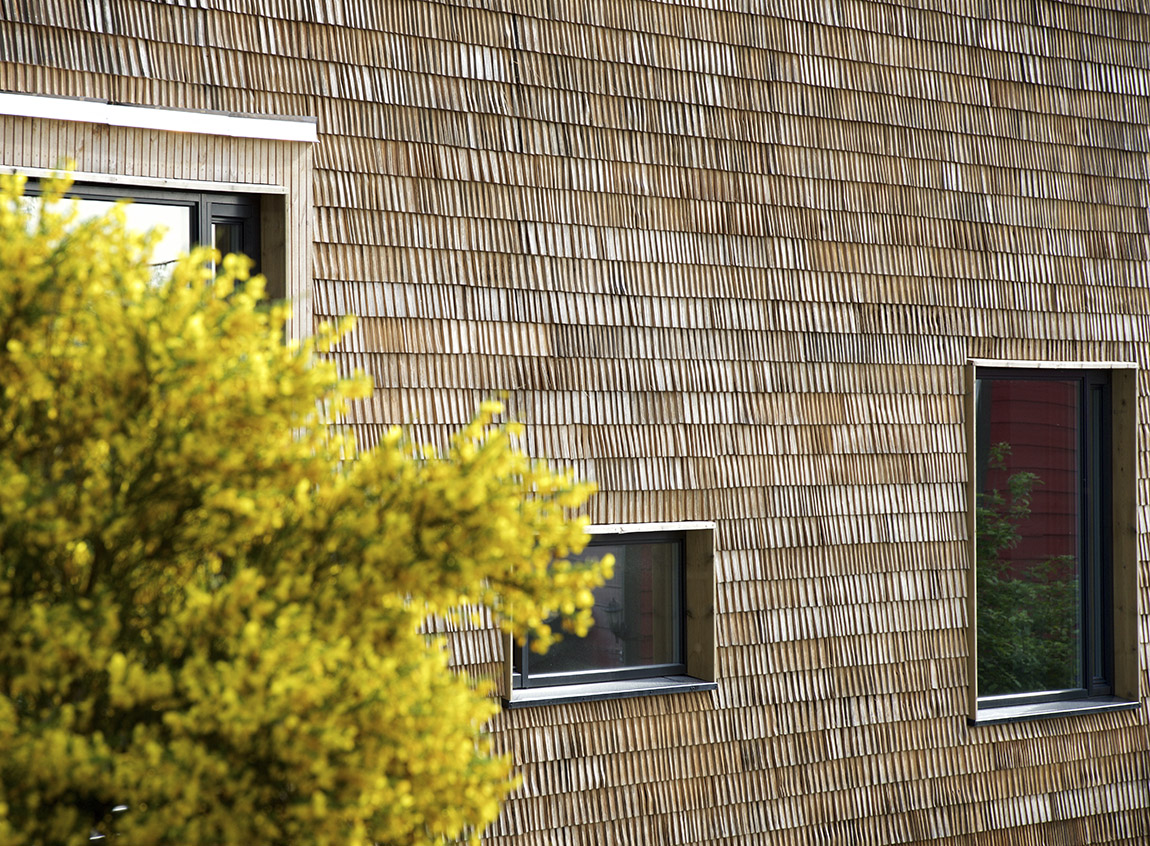
Skansemyren kindergarden. Photo: Pål Hof
The western Norwegian company counts 26 employees, divided between the main office in Bergen and a smaller office at Voss. In spite of a strong attachment to their home region, they take on projects across Norway. Yet wherever they operate, they have to adapt to a new trend in construction, in particular of public buildings: To limit the use of resources.
“It is a matter of using less materials and money but also being able to do what you want to do on fewer square meters,” explains Maren Bjerga, also architect and partner at HLM.

Bergen Inkluderingssenter. Photo: arkitekturfoto
A longstanding tradition
While this new approach is a challenge, HLM Arkitektur has an ace up its sleeve. As a western Norwegian company, its employees have a very long tradition of frugality in just about everything, including architecture.
“Because historically there was always little timber here compared to other parts of Norway, people developed a special building technique known as “grindabygg”, which allowed them to construct weather resilient houses with limited resources,” Ragnvald Winjum, architect and partner at HLM Arkitektur, explains.
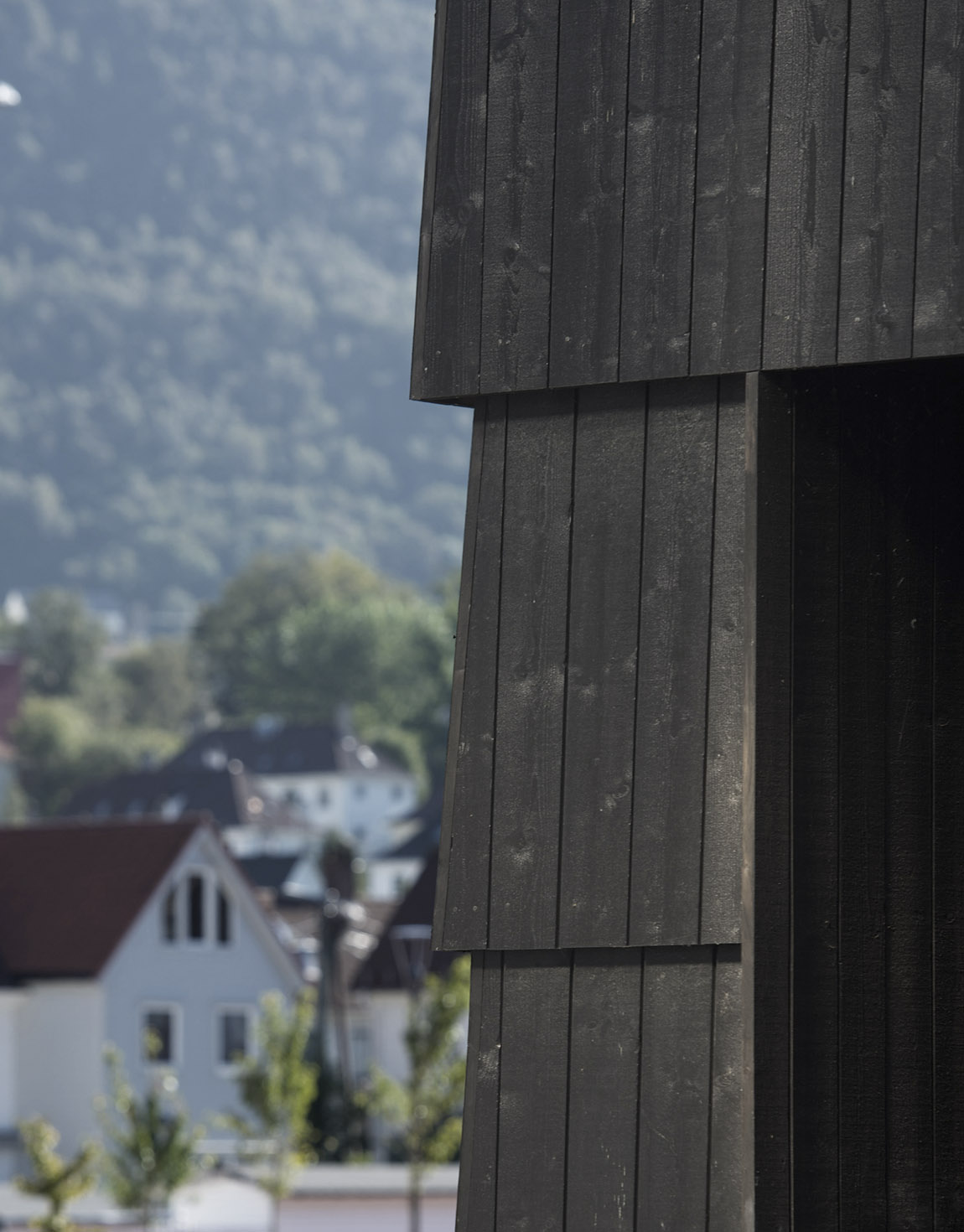
Traditional Western Norwegian building technique at the Høgskolen på Vestlandet. Photo: Pål Hoff
In today’s world, the demand to reuse also extends to old buildings, in particular public buildings. A good example is the Bergen inkluderingssenter in which an old teacher’s college was turned into a new school and community centre for immigrants. This pilot project within architecture and human rights, is undertaken in collaboration with the Bergen municipal and the Rafto Foundation.
Different parts of the old college were used in different ways. In particular, a glass dome was turned into a greenhouse.
“Because this approach is still relatively new both the entrepreneur and the architect chip in and contribute with ideas. It’s a team effort,” Bjerga stresses.
HLM Arkitektur is also engaged in another prestigious refurbishment project in central Bergen, which is to transform the former public swimming pool, Sentralbadet, into a theatre and performance venue with office facilities.

Sentralbadet Scenekunsthus_Visualisation HLM-buchareststudio
Because of the centrality of the location, just next to the National Theatre, and because the original building is loved by some, hated by others, but known by everybody, the Sentralbadet-project is attracting a lot of attention.
The western Norwegian heritage is visible also in the aesthetics of HLM Arkitektur’s work.

Hytte på Lepsøy. Photo: Jan M Lillebø
Durable and people-friendly architecture
HLM Arkitektur divides its time almost equally between public and private projects and regardless of what it embarks on, its focus is on durable and people-friendly constructions. For a cabin on the island of Lepsøy the firm reinterpreted a traditional building to include large glass surfaces and pointy ceilings in a construction that nevertheless withstands the sometimes very harsh weather conditions in this part of the country.
“Our aim is to make buildings that feel good to be in,” Bjerga underlines. Another example of how HLM has reinterpreted traditional architecture and really embedded the building in the surroundings, is the Hangur at Voss, where HLM also has an office.
While there is much awareness in the architecture and construction industries, and to some extent also in public offices, of the need for a sustainable approach to architecture, which includes re-use and “re-beauty” as the architects call it, this is not commonplace amongst ordinary people – yet.
At HLM, however, staff do sense a growing awareness amongst young people. “It is also a matter of the resources you have available, but younger people are more attentive to sustainability matters, and may for example choose to rebuild their house, rather than build a new one,” says Winjum.
Architecture has impact
With so much emphasis put on the re-use of old buildings, architects are under a lot of pressure – it is, to a large extent, up to them to take what is there and create a new space that is not only sustainable but also feels good.
In doing so, they also create more awareness of the importance of architecture to our well-being. For as Maren Bjerga points out, “architecture always has an impact”.
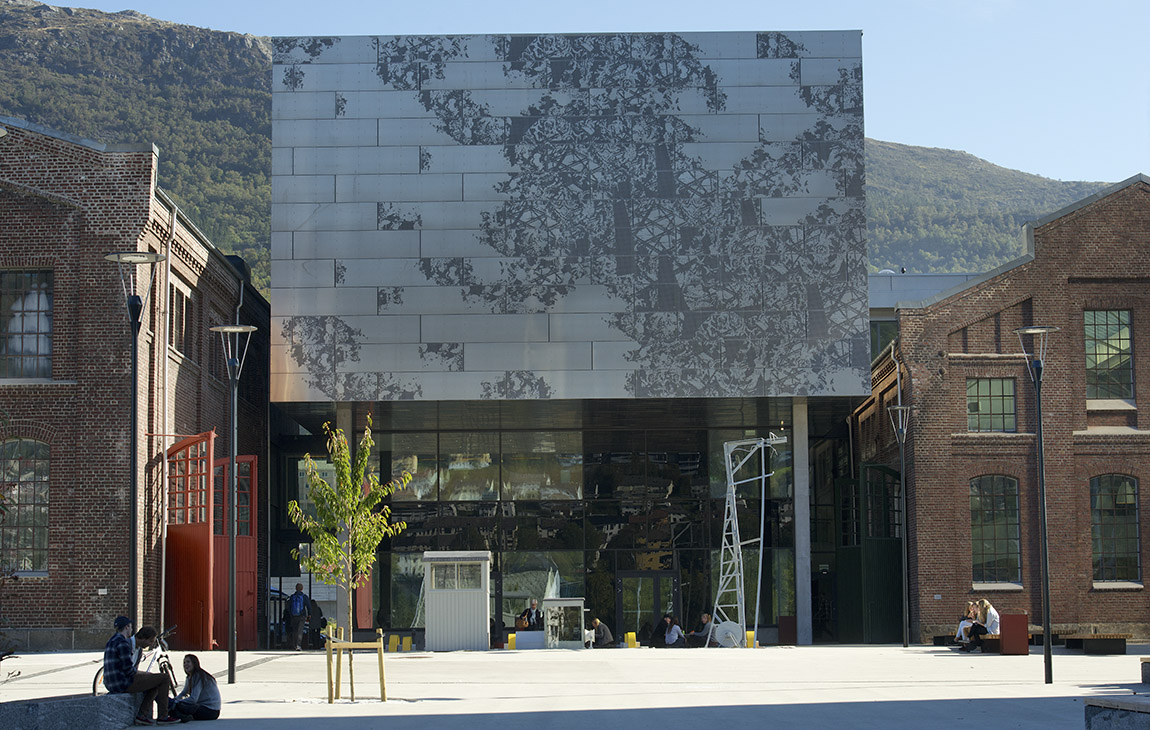
Høgskolen på Vestlandet_Photo Pål Hoff
Web: www.hlm.no Facebook: HLM.arkitektur Instagram: @hlm_arkitektur
Subscribe to Our Newsletter
Receive our monthly newsletter by email

